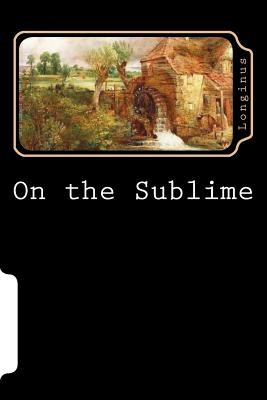
- We will send in 10–14 business days.
- Author: Longinus
- Publisher: CreateSpace Independent Publishing Platform
- ISBN-10: 172344281X
- ISBN-13: 9781723442810
- Format: 15.2 x 22.9 x 0.3 cm, softcover
- Language: English
- SAVE -10% with code: EXTRA
Reviews
Description
On the Sublime is a Roman-era Greek work of literary criticism dated to the 1st century AD. Its author is unknown, but is conventionally referred to as Longinus or Pseudo-Longinus. It is regarded as a classic work on aestheticsand the effects of good writing. The treatise highlights examples of good and bad writing from the previous millennium, focusing particularly on what may lead to the sublime. The author's identity has been debated for centuries. The oldest surviving manuscript, from the 10th century, indicates the original author was named "Dionysius or Longinus", which was later misread as "Dionysius Longinus". Subsequent interpretations have attributed the work to Dionysius of Halicarnassus (1st century) or Cassius Longinus (c. 213-273 AD), though neither is now widely accepted.
- Author: Longinus
- Publisher: CreateSpace Independent Publishing Platform
- ISBN-10: 172344281X
- ISBN-13: 9781723442810
- Format: 15.2 x 22.9 x 0.3 cm, softcover
- Language: English English
On the Sublime is a Roman-era Greek work of literary criticism dated to the 1st century AD. Its author is unknown, but is conventionally referred to as Longinus or Pseudo-Longinus. It is regarded as a classic work on aestheticsand the effects of good writing. The treatise highlights examples of good and bad writing from the previous millennium, focusing particularly on what may lead to the sublime. The author's identity has been debated for centuries. The oldest surviving manuscript, from the 10th century, indicates the original author was named "Dionysius or Longinus", which was later misread as "Dionysius Longinus". Subsequent interpretations have attributed the work to Dionysius of Halicarnassus (1st century) or Cassius Longinus (c. 213-273 AD), though neither is now widely accepted.


Reviews